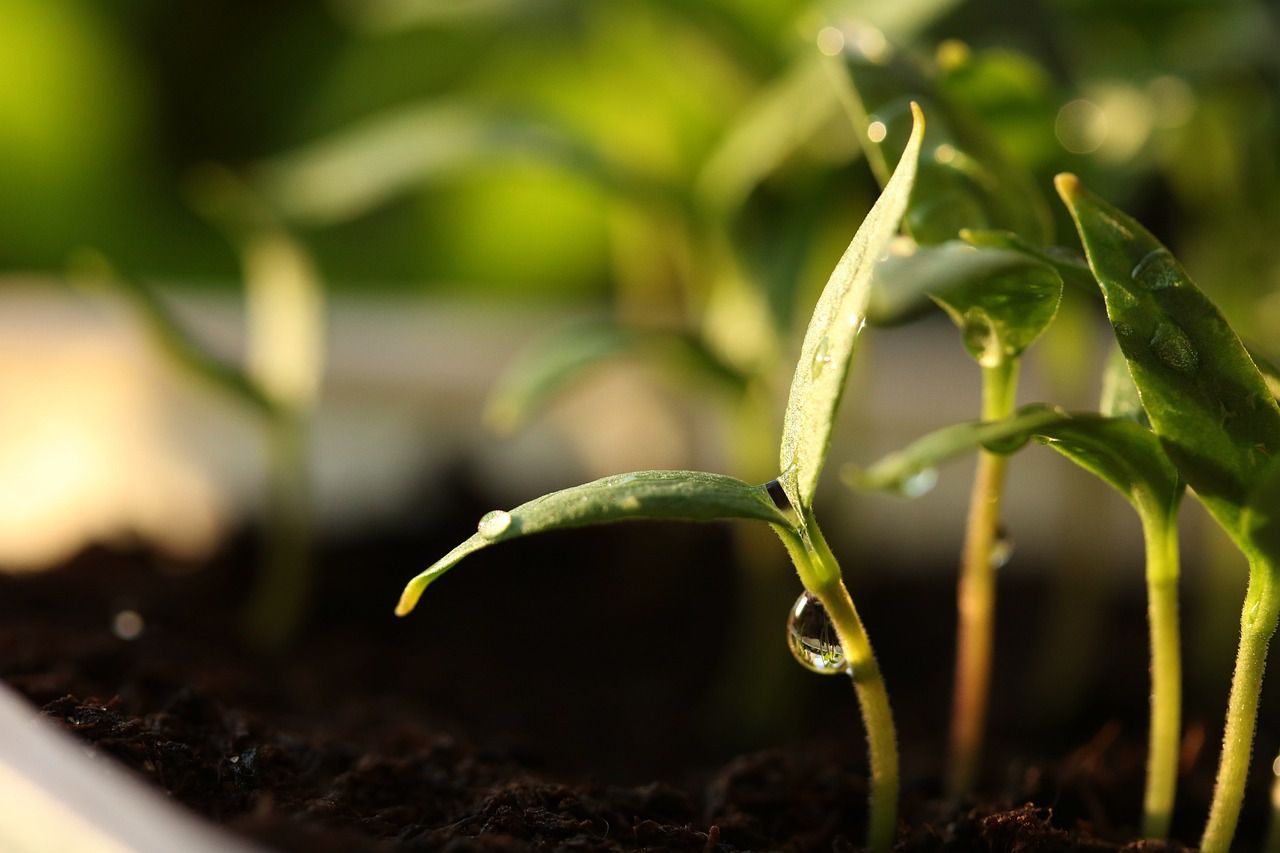If you're a keen gardener, then you probably try indoor seed germination - it's an effective way of making your seedlings stronger and healthier.
There are plenty of plants that you can start growing on your windowsill before transplanting the seedlings to your garden.
Here are a few tips on how to pick the best season for that.

Late Winter to Early Spring
For many plants, like tomatoes and peppers, you can start germinating seeds indoors in late winter to early spring, typically around February or March.
During this time, the days are getting longer, which is good for plant growth.
Late Fall to Early Winter
Some plants, especially those that need a long time to grow before transplanting outside, can be started indoors in late fall to early winter, around October or November.
This gives them a head start for the next growing season.
Year-Round for Some Herbs and Greens
Certain plants, like herbs (e.g., basil) and salad greens (e.g., lettuce), can be started indoors almost any time of the year because they grow relatively quickly and don't need as much space.
Check local climate first
To decide when to start indoor germination, consider the specific needs of the plants you want to grow and the local climate in your area.
You can use grow lights to provide the right amount of light for your indoor seedlings, ensuring they get a good start before you transplant them outside when the weather is suitable.
Conclusion
Different plants have different requirements, so make sure you germinate them correctly.
Check the climate of your area first, so you can find the perfect timing for indoor germination!











